Living in El Salvador: What’s Life Like?
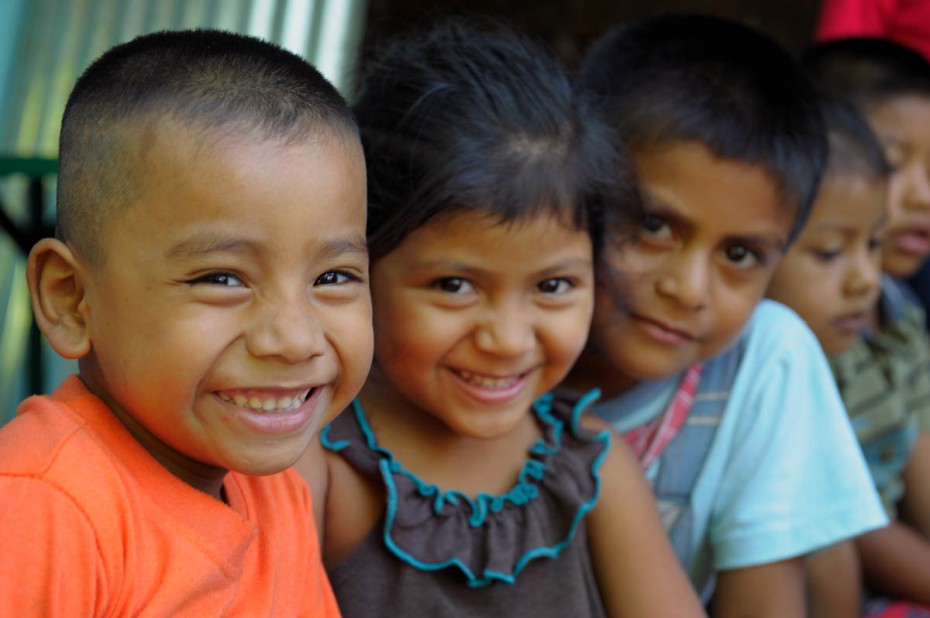
Learn more about what it’s like to live in the smallest country in Central America!
Continue Reading ›It’s Christmas in El Salvador
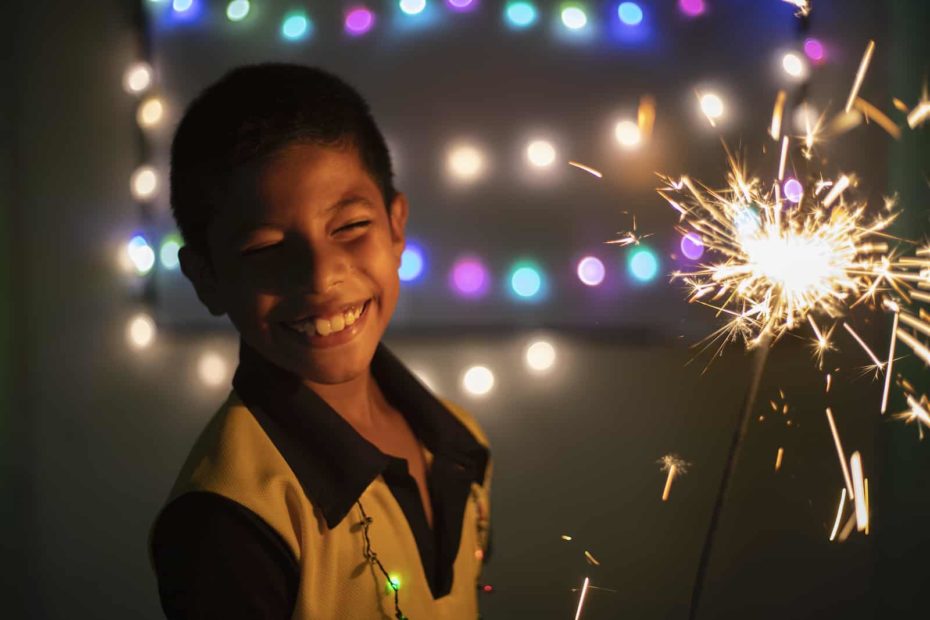
Christmas in El Salvador is a magical time. Right after the last September rains and the windy days of October and November, a cool breeze and fresh spring-like days fill the atmosphere, announcing that the dry season (usually called “summer”) is here, and suddenly everything is green, red and full of lights. It is Christmastime.
Continue Reading ›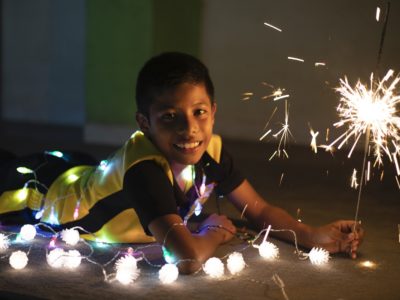
Celebrating Christmas in El Salvador
It is sunrise on Friday, just a week before Christmas. The morning smells fresh and the sun shines strongly. A light breeze fills the air with that cool Christmas feeling. For a foreigner, it would almost feel like spring, but for Salvadorans, it feels like Christmas.
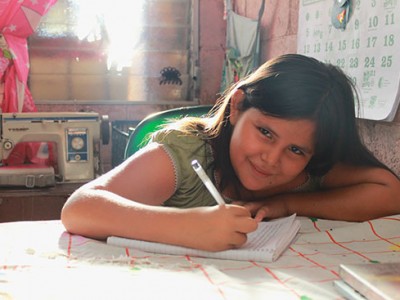
The Power of Storytelling
Storytelling is a powerful tool. And it was recently exercised in the minds of 221 children in Compassion through the contest “Tell a Story.” The story of Sara Rivas (both the one written and the one lived) is a small sample of the great treasures hidden in the children who receive support through Compassion in El Salvador.
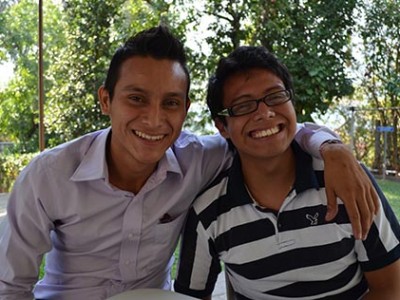
Pray for Me and I’ll Pray for You
Alejandro and Nixon are cousins who have also been friends most of their lives growing up in El Salvador. They are “first cousins,” a term that, in their culture and language, means a close relationship and is literally translated “cousin-brothers.”
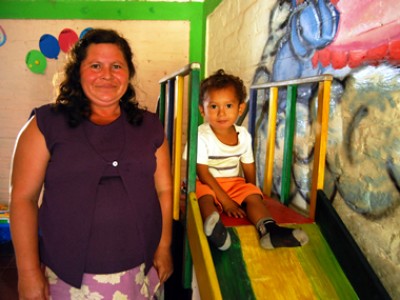
One Mom’s Deep Spiritual Hunger
Five mothers met with our staff to answer questions about their families, the economy of their town and their hopes and dreams about the Child Survival Program. One of those mothers was Zulma.
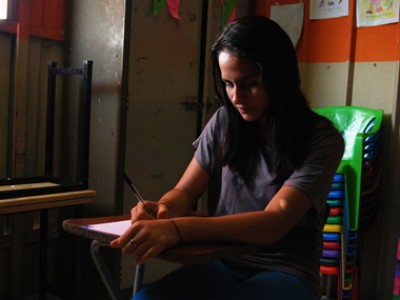
Hardworking and Blessed
Most of the people living in Majucla are hardworking people, from ladies selling tortillas in the streets or vegetables in the local street market to hardworking men working in construction or as bus or taxi drivers. But Majucla has a stigma.
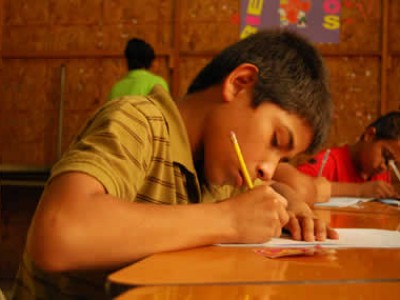
Letter Writing: An Investment of Time and Love
‘If I had to tell a story about why letters are important, I would tell Mario´s story. He and his sponsor have developed a very strong and close relationship.’
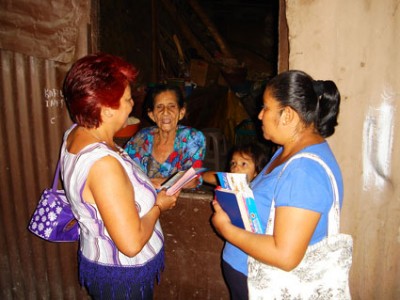
Battalions of Evangelism Bring the Gospel to San Marcos, El Salvador
Baptist Biblical Tabernacle has divided its ministries in two groups, internal and external. The internal ministries include the ushers and bible school teachers, as well as mentors for the people who want to learn more from the Bible. The external ministries, as Pastor Edwin describes them, are “battalions of evangelism.” There are different groups that visit hospitals, jails, and the poor communities in the area of San Marcos.
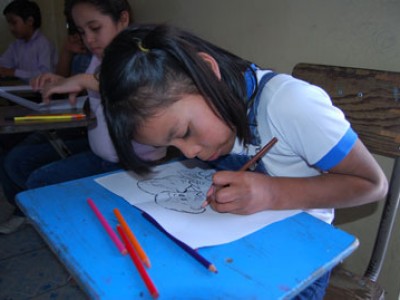
God Is Faithful (Milagro, the Miracle)
Just like her name, it was a miracle that she survived at such a young age. Milagro lost her right arm, and part of her face and body had deep burns. It was a traumatic event for the baby and the mother.
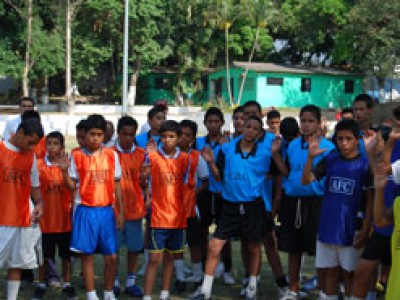
The Next World Cup All Star?
The eyes of hundreds of thousands of people are glued to the field. A commentator narrates the last seconds of the game: “… and there comes Landaverde with a pass from Valdez… Landaverde surpasses the defense quite easily; he aims at the goal… shoots… AND SCORES!!!” El Salvador wins. The people in the stadium shout and celebrate; the national team has won the World Cup.
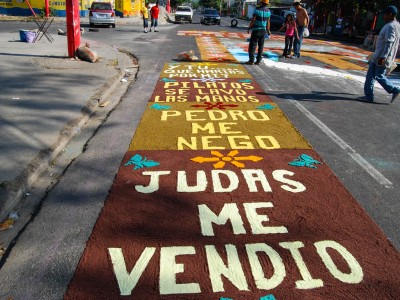
Easter in El Salvador
Easter Week in El Salvador is celebrated differently than the way it is celebrated in the United States. In the United States, Easter often includes the Easter Bunny and egg hunts. In El Salvador as well as many other Central American countries, it is celebrated with a much different atmosphere.
Easter feels like summer. The sun shines strong in the skies, the breeze somehow fresh, somehow warm. It is definitely the middle of the dry season in El Salvador, the equivalent of summer in northern lands. Everything around, from sale signs to music, talks about sun and sand. The opportunity to enjoy beaches that are just an hour away from San Salvador is almost here.
For a full week, students are out of school and have the opportunity to enjoy beaches, visit relatives and do nothing; it is almost the equivalent to spring break in the United States. However, there is one unequivocal characteristic that reminds every Salvadoran that it is not just a break, and that there is more than just sun and fun waiting for us during that week in April.
In El Salvador, the week of Easter is Holy Week, and the festivities revolve around Roman Catholic tradition. Roman Catholics account for nearly 60 percent of the population. Protestant (also called evangelical) churches account for slightly more than 20 percent.
Even though El Salvador does not have an official religion, since the time of colonization Roman Catholic traditions have been the most common and most practiced in the country. Easter Week is the most important celebration for the Roman Catholic Church.
“It is slightly different for the Protestant Church” says Sister Wendy, wife of Pastor Rodolfo at the Baptist Tabernacle Church of Majucla. “For most of the children, Easter Week is an opportunity to spend time with their families. People take advantage of this time to go back to their homeland and spend time with their families.”
One of the most important Easter traditions in El Salvador is Lent. During this 40-day period before Easter, named “Cuaresma” in Spanish, people fast, pray and give alms. The last week of the 40 days is called “Bigger Week” or “Holy Week.”
On Good Friday, there are two major processions. Early in the morning there is the “passion,” which is the representation or commemoration of the walk that Jesus took with the cross toward Golgotha. It is finished around noon.
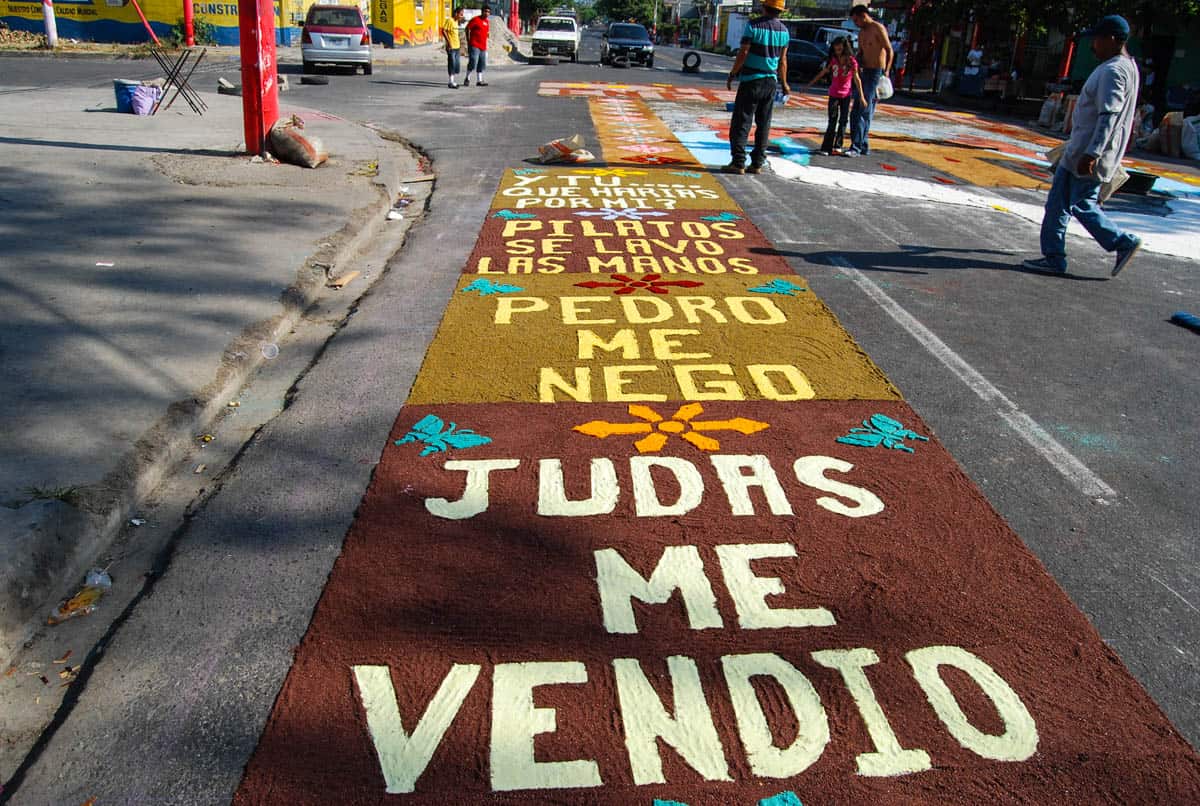
Then in the afternoon, Roman Catholic churches and communities start making rugs on the streets with sawdust, which will later be part of the path where the “holy funeral procession” will pass, carrying the symbolic dead body of Christ.
The making of these rugs represents one of the greatest traditions for the Roman Catholic Church in El Salvador, since entire streets and main avenues in many places of the country are completely closed. The rugs cover entire streets.
Appreciation of the rugs goes beyond religion. For Salvadorans, it is about appreciating the art and about appreciating the effort the people put into making the rugs. For Salvadorans, it is a gift, an offering they are making for Jesus.
Catholic or not, Salvadorans go out into the streets on Good Friday to see the rugs. Apart from this tradition for Good Friday, Holy Week develops differently for Protestants.
For the Evangelical Church in El Salvador, Holy Week is an opportunity to spread the Gospel to as many people as possible. If there is the opportunity to preach the Gospel and carry more people to the feet of our Lord, the church takes advantage of it and tells El Salvador the true meaning of Holy Week.


